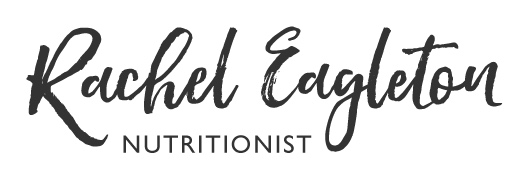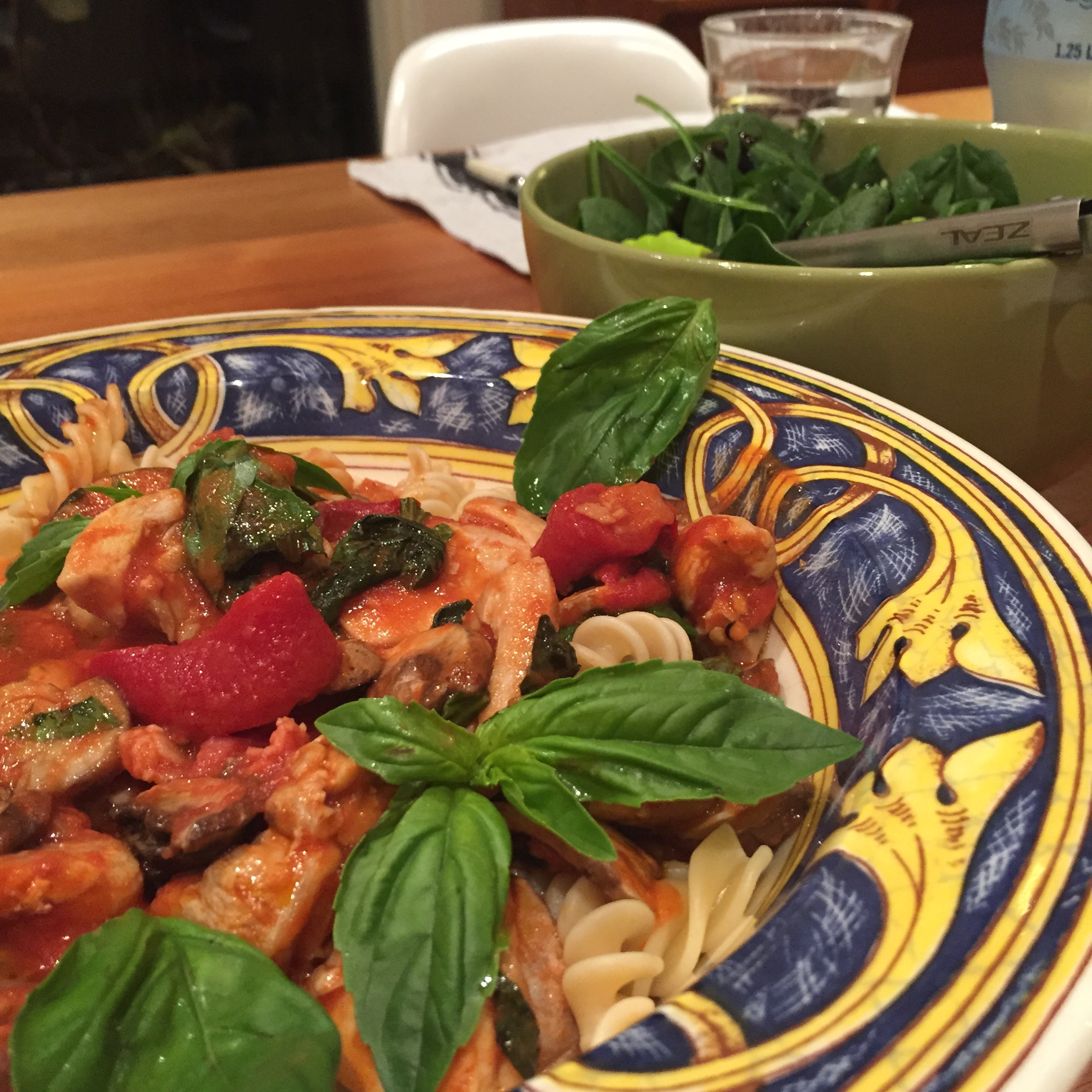So what’s in a Hüma Chia Energy Gel?
Pureed fruit. Sea Salt. Water. Ground Chia seeds. Brown Rice Syrup. Evaporated Cane Juice. Citric Acid. Coconut Water. I could see that I was getting 24g carbs, 100 calories and a good range of electrolytes. From a macro and micronutrient point of the Chia Energy Gel was very similar to a GU. Fantastic. So I set off on my run.
What does iT taste like?
I tried the Strawberry Lemonade flavour and I have to say - it is absolutely delicious and such a great change from the normal overly sweet taste of most energy gels that I have tried. It had a very strong limey taste - like Lime Marmalade. If you suffer from "flavour fatigue" towards the tail end of a marathon this would be fantastic to add in.
I was concerned I would have tiny bits of chia seeds floating around my teeth but the chia is milled very fine and not noticeable. The consistency was slightly thinner than a GU gel but not watery.
When would I need this product?
If you are running or cycling for more than 75 minutes you will benefit from ingesting approximately 30-60 grams of carbohydrates every hour. The use of a mix of Glucose (short and long chain) and Fructose increases carbohydrate absorption which is important in multi-hour events.
If your stomach doesn't handle traditional gels or sports drinks you might find the Huma Gels gentler on your stomach.
Several of the the Huma Chia Energy Gels contain caffeine, and caffeine is proven to reduce the perception of fatigue with the ideal dose being 1-3mg per kilo of bodyweight. The Strawberry Lemonade flavour had 25mg of caffeine so for a 60kg runner you could take several of these over the course of an event (assuming you are used to the effects of caffeine). If you don't react well to caffeine there are caffeine-free flavours.
Don't forget to always consume your energy gel (regardless of brand) with water so that your body can process the gel.
Huma?
Where have you heard that word before? If you've read Born to Run you'll remember the Tarahumara - a tribe of Mexican Indians who regularly compete in epic 100+ mile races as part of their culture. To fuel themselves on these ultramarathons, they use a special chia seed blend. You can't read Born to Run without getting inspired to run on chia!



























